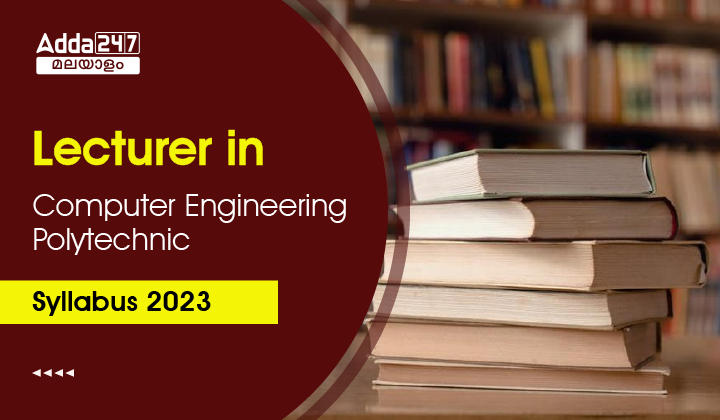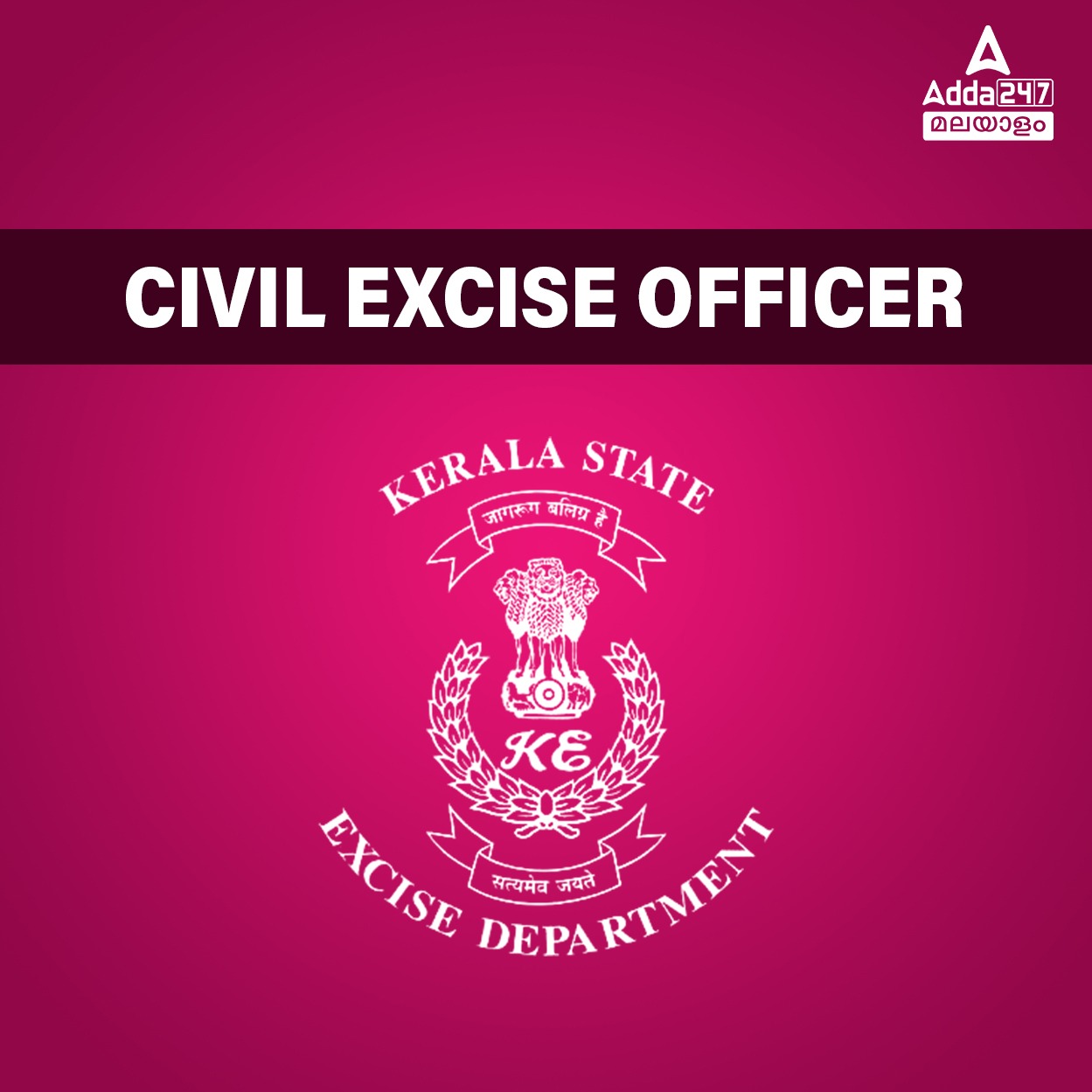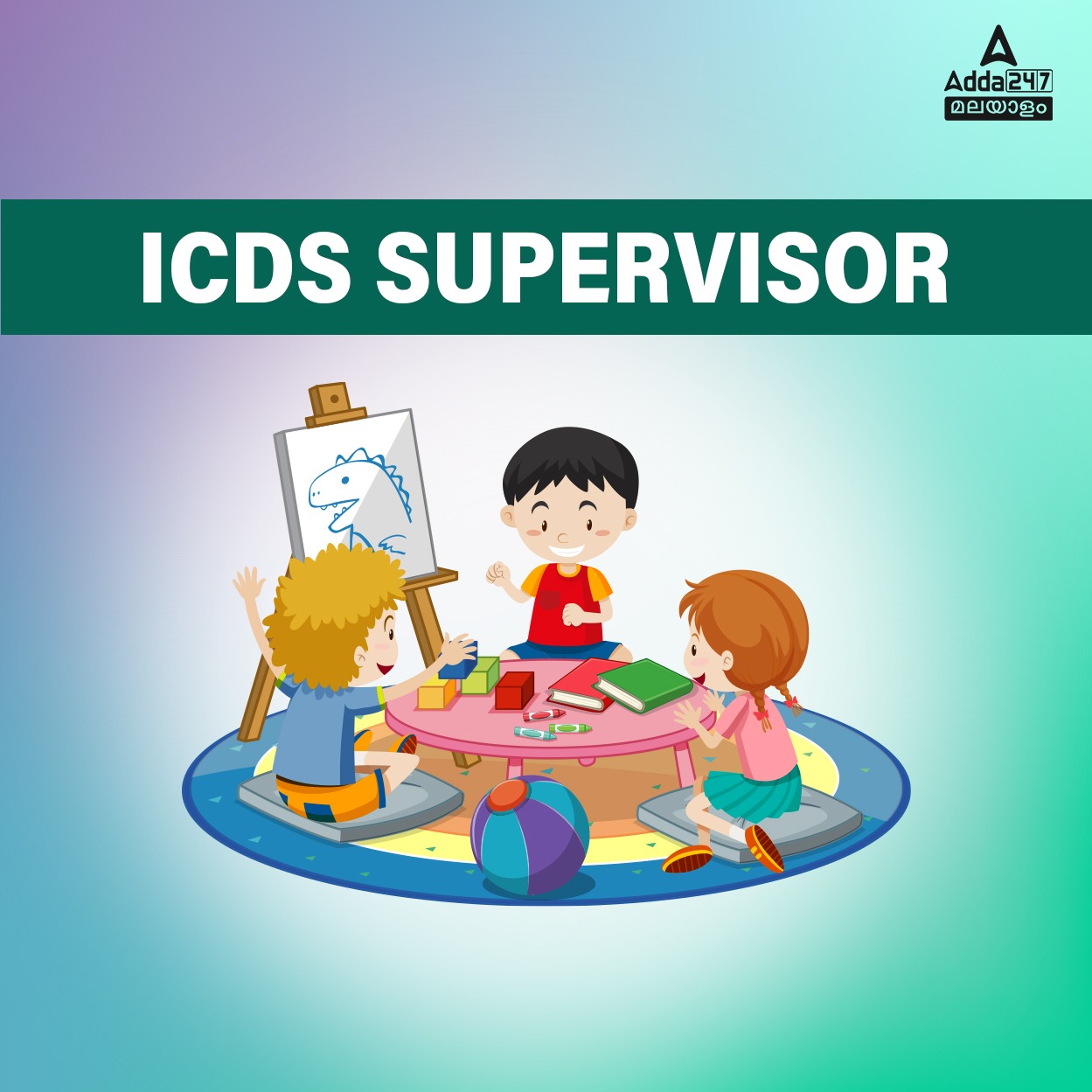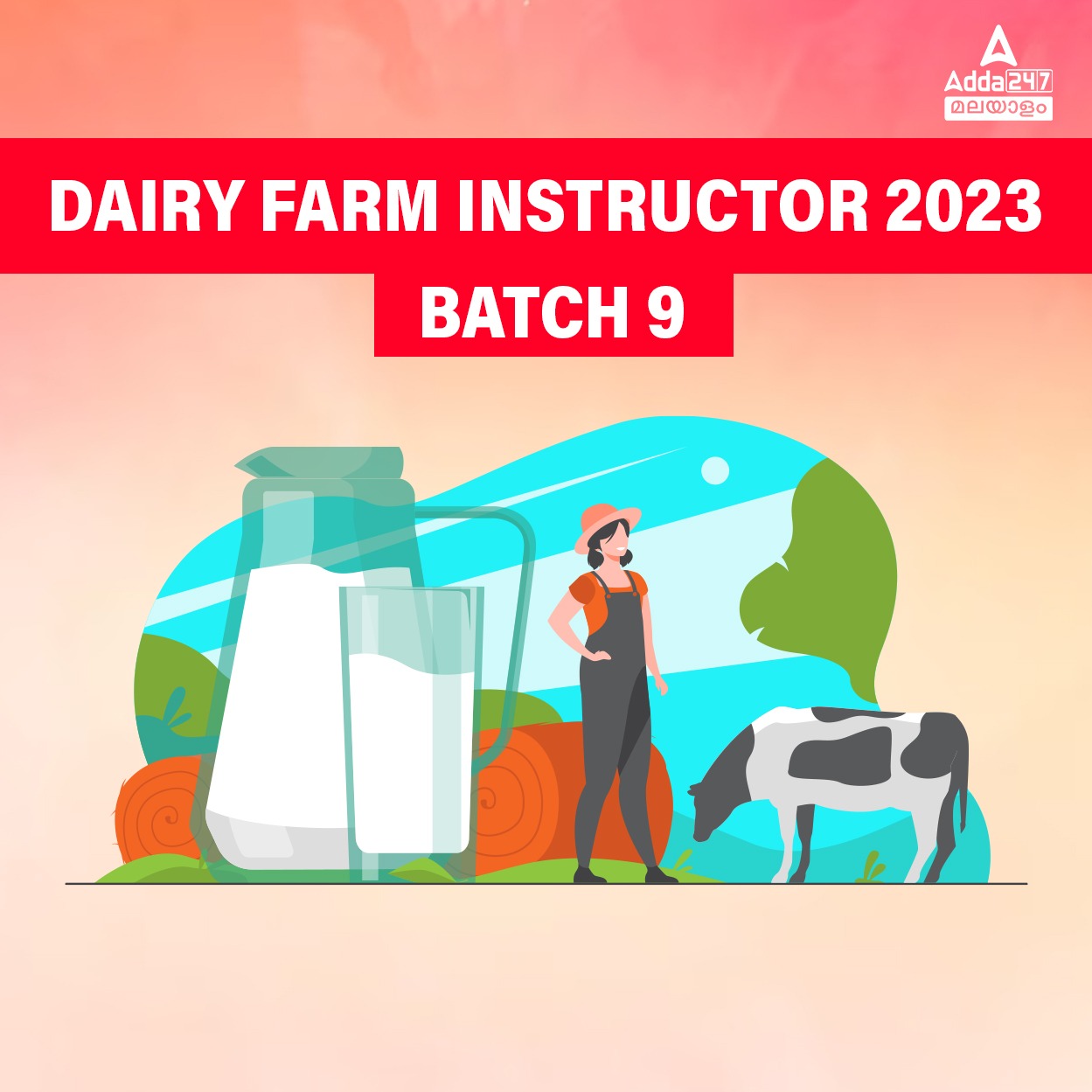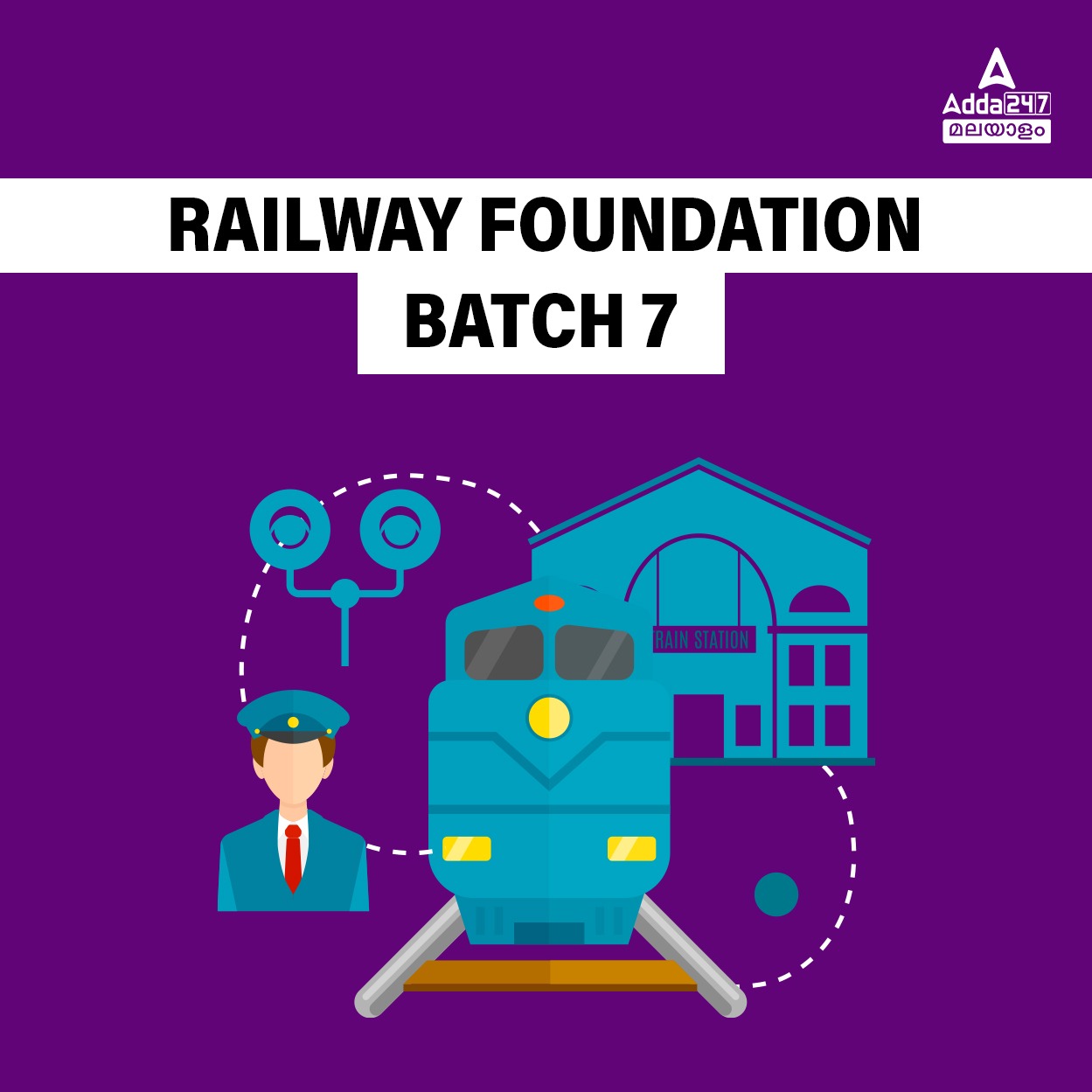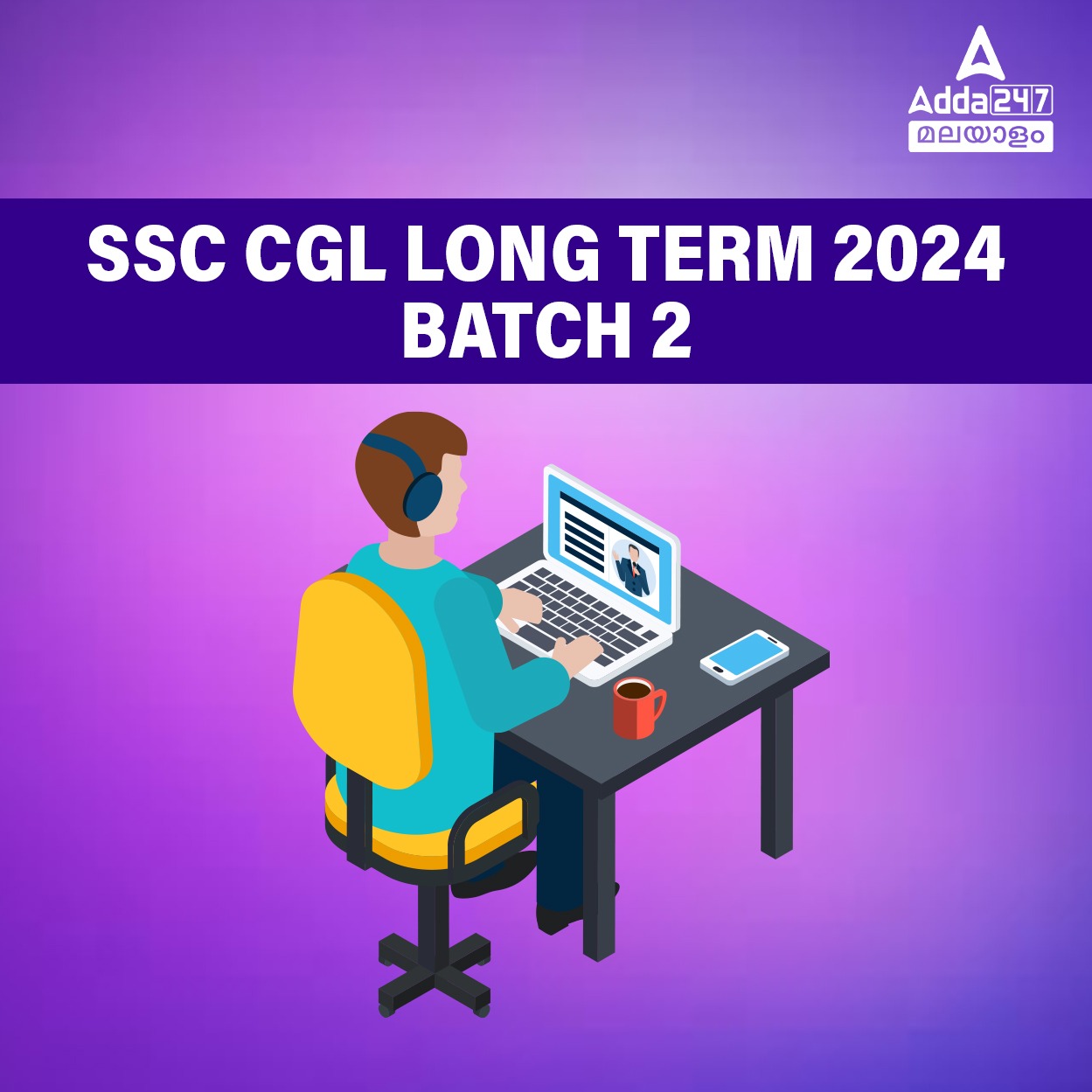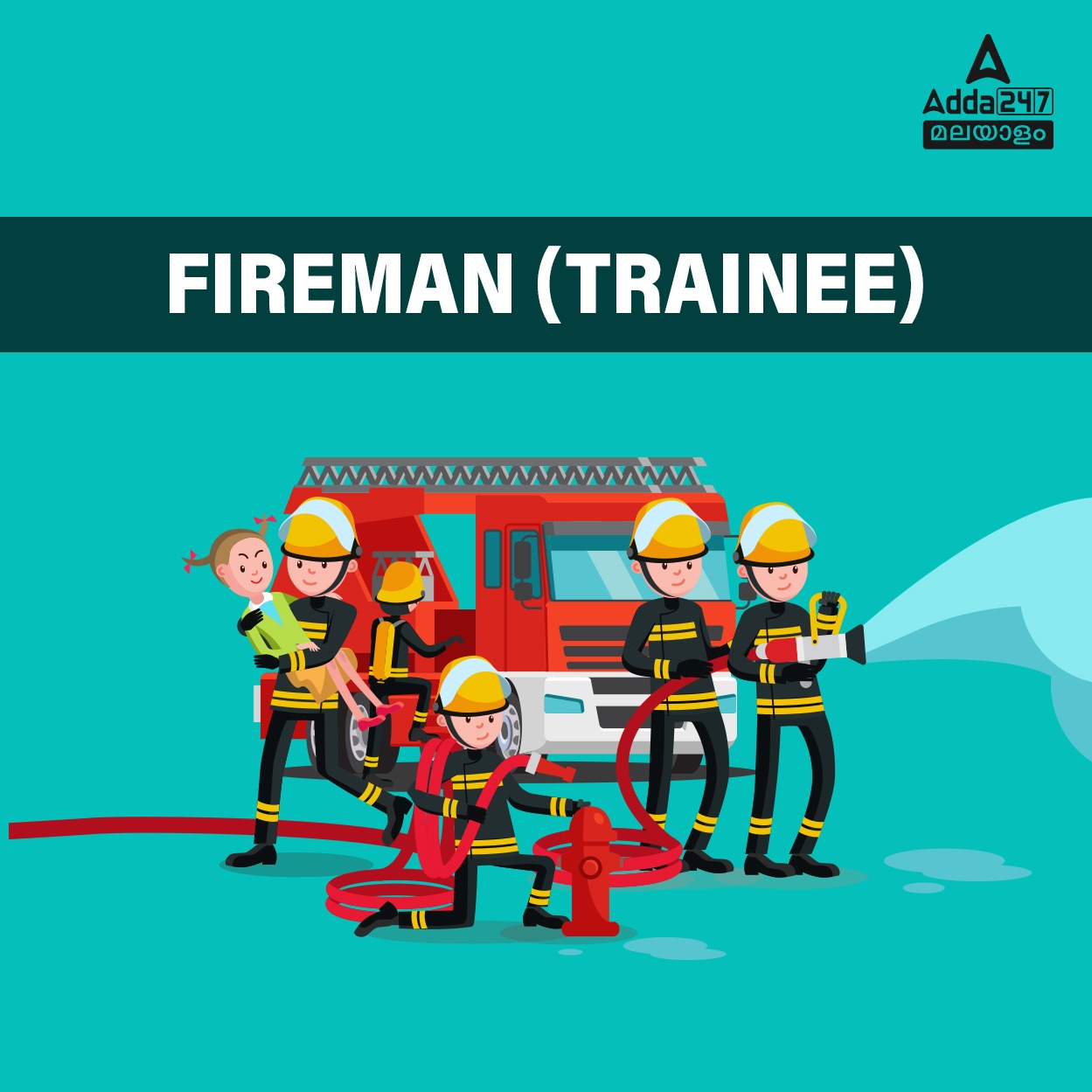Table of Contents
Lecturer in Computer Engineering Polytechnic Syllabus: Kerala Public Service Commission has published Lecturer in Computer Engineering Polytechnic Syllabus. If you have been looking for a Lecturer in Computer Engineering Polytechnic syllabus, then your search ends right here. In order to crack the exam, one needs to have a clear understanding of the syllabus, therefore read through Kerala PSC Polytechnic Lecturer Computer Science Exam Syllabus to broaden your perspective. You can also download Lecturer in Computer Science Kerala PSC Syllabus in PDF format.
Lecturer in Computer Engineering Polytechnic Syllabus 2023
Lecturer in Computer Engineering Polytechnic Syllabus 2023: കേരള പബ്ലിക് സർവീസ് കമ്മീഷൻ കേരള പിഎസ്സി കമ്പ്യൂട്ടർ എഞ്ചിനീയറിംഗ് പോളിടെക്നിക് ലക്ചറർ സിലബസ് പ്രസിദ്ധീകരിച്ചു. പരീക്ഷയ്ക്കുള്ള തയ്യാറെടുപ്പുകൾ ആരംഭിക്കാൻ സമയമായി. പരീക്ഷയിൽ വിജയിക്കുന്നതിന്, സിലബസിനെക്കുറിച്ച് വ്യക്തമായ ധാരണ ഉണ്ടായിരിക്കണം, അതിനാൽ കേരള PSC കമ്പ്യൂട്ടർ എഞ്ചിനീയറിംഗ് പോളിടെക്നിക് ലക്ചറർ സിലബസ് 2023 വിശദമായി വായിച്ച് മനസിലാക്കുക. നിങ്ങൾക്ക് Kerala PSC Lecturer in Computer Engineering Syllabus PDF രൂപത്തിൽ ഡൗൺലോഡ് ചെയ്യാവുന്നതാണ്.
Fill out the Form and Get all The Latest Job Alerts – Click here
Kerala PSC Lecturer in Computer Engineering Exam Syllabus 2023: Overview
ചുവടെ നൽകിയിരിക്കുന്ന പട്ടികയിൽ Kerala PSC Lecturer in Computer Engineering Exam Syllabus 2023 സംബന്ധമായ എല്ലാ പ്രധാനപ്പെട്ട വിവരങ്ങളും നൽകിയിരിക്കുന്നു.
| Kerala PSC Lecturer in Computer Engineering Exam Syllabus 2023 | |
| Organization | Kerala Public Service Commission |
| Category | Exam Syllabus |
| Name of the Exam | Lecturer in Computer Engineering Polytechnic Exam |
| Category No. | 064/2021 |
| Name of the Post | Lecturer in Computer Engineering Polytechnic |
| Type Of Exam | OMR |
| Total Marks | 100 |
| Total Number of Questions | 100 |
| Medium of Question | English |
| Exam Duration | 1 hour 30 min |
| Official Website | www.keralapsc.gov.in |
Polytechnic Lecturer in Computer Science Exam Pattern
കേരള PSC കമ്പ്യൂട്ടർ എഞ്ചിനീയറിംഗ് പോളിടെക്നിക് ലക്ചറർ പരീക്ഷയുടെ വിശാലമായ പരീക്ഷ പാറ്റേൺ ഇതാണ്:
- ഒബ്ജക്ടീവ് അടിസ്ഥാനത്തിലുള്ള പരീക്ഷയാണിത്.
- ആകെ 1.30 മണിക്കൂറാണ് പരീക്ഷാ ദൈർഘ്യം.
- ആകെ മാർക്ക് 100.
- ഓരോ ശരിയായ ഉത്തരത്തിനും 1 മാർക്ക് നൽകും.
- ഓരോ തെറ്റായ ഉത്തരത്തിനും 1/3 മാർക്ക് കുറയ്ക്കുന്നു.
| Polytechnic Lecturer in Computer Science Exam Pattern | ||
| Module | Sections | Marks |
| Module 1 | (a): Technical Mathematics | 10 Marks |
| (b): Basic Civil Engineering | 5 Marks | |
| (c): Basic Mechanical Engineering | 5 Marks | |
| (d): Basic Electrical Engineering | 5 Marks | |
| (e): Essentials of Electronics Engineering | 5 Marks | |
| Module 2 | Data Communication, Computer Networks, Information Security, Mobile Computing | 14 Marks |
| Module 3 | Digital Computer Principles, Microprocessors, | 14 Marks |
| Module 4 | Computer Architecture, Operating Systems | 14 Marks |
| Module 5 | Object Oriented Programming through Java, Data Structures, and Software Engineering | 14 Marks |
| Module 6 | Database Management Systems, Web Technology | 14 Marks |
| Total | 100 Marks | |
Lecturer in Computer Engineering 2023 Syllabus PDF Download
Lecturer in Computer Engineering 2023 Syllabus PDF ഡൗൺലോഡ് ചെയ്യാൻ, താഴെ നൽകിയിരിക്കുന്ന ലിങ്കിൽ ക്ലിക്ക് ചെയ്യുക.
Kerala PSC Lecturer in Computer Engineering Syllabus PDF Download
Kerala PSC Lecturer in Polytechnic Computer Science Syllabus 2023
Module I (a): Technical Mathematics (10Marks)
I. Matrices – Identification of Matrices, matrix operations, adjoint and inverse.
II. Determinants – Evaluation of second and third order, minors and cofactors, solutions of simultaneous linear equation in three unknowns using Cramer’s rule.
III. Binomial Series – Expansions using Binomial theorem.
IV. Trigonometric functions – Signs of functions in each quadrant. Trigonometric values of angles, properties of trigonometric functions, applications of the identities sin (A ± B), cos (A ± B), and tan (A ± B).
V. Coordinate geometry – Equations to a straight line – slope-intercept form, intercept form, Angle between two lines, condition for two lines to be perpendicular, parallel.
VI. Differentiation – Limits and continuity, derivatives of functions, equation to tangents, and normals. Maxima and minima of functions of one variable.
VII. Integration of functions – Integration of different types of functions.
VIII. Applications of integration – Area bounded by a curve and X or Y axis, solutions of differential equations using the method of variable separable, solutions of linear differential equations of the first order.
IX.
Module I (b): Basic Civil Engineering (5 Marks)
- Materials: Brick – varieties and strength, characteristics of the good brick. Cement – varieties, and grade of cement and its uses. Steel – types of steel for reinforcement bars, and steel structural sections. Aggregates – types & requirements of good aggregates. Concrete – grades of concrete as per IS code, water cement ratio. Workability, mixing, batching, compaction, and curing.
- Construction: Parts of the building – foundation – types of foundations – spread footing, isolated footing, combined footing, Raft, pile, and well foundations. Masonry – types rubble masonry, brick masonry, English bond, and Flemish bond. (One brick wall).
- Surveying: Chain surveying – principles, instruments, ranging, and chaining survey lines, field work and field book, selection of survey stations, units of land area.
- Leveling: Levelling instruments, different types, benchmark, reduced level of points, booking of field notes, reduction of levels by the height of collimation method (simple problem). Modern survey – instruments – Total station, Electronics theodolite, Distomat.
Module I (c): Basic Mechanical Engineering (5 Marks)
- The importance of IC Engines: Definition, classification – two-stroke engines, four-stroke engines, working of two-stroke engines and four-stroke engines with the help of line sketches, comparison between two-stroke and four-stroke engines, comparison between petrol and diesel engines, the function of a flywheel, clutch, gearbox, propeller shaft and differential in power transmission, explain with sketch the working of differential, briefly explain power transmission
of 4 wheel vehicle with line diagram. - The importance of Power Plants: Introduction, classification of power plants – working of hydroelectric power plant with schematic sketches – working of thermal (Steam and Diesel) power plant with schematic sketches – working of nuclear power plant with schematic sketches.
Module I (d): Basic Electrical Engineering (5 Marks)
- Review with a discussion of electric current, potential difference, power, EMF, resistance and its laws, Ohms law and series parallel circuit, electromagnetism, and generation of AC and DC supply. The idea of a Basic electrical circuit: Electrical supply and load and its functioning, division of voltage and current in a parallel and series circuit – simple problems, units of power and energy, solution of DC circuit with the calculation of energy consumption in an installation.
- Circuit parameters: Resistance, Capacitance, and inductance. AC circuit with R, L, C. Simple solution of typical AC circuit with resistance, impedance, power, and power factor.
- The electrical circuit of an installation: Earthing, lightning protection.
Module I (e): Essentials of Electronics Engineering (5 Marks)
- Active and passive devices – review only. LED – working, applications, comparison of LED lighting and CFL lighting. Full wave rectifier – diagram and explanation, 5 V power supply – with a bridge rectifier and 7805. SMPS – block diagram and advantages. Integrated circuits. SMDs – advantages. Static electricity – precautions in handling electronic circuits.
- Switches: ON / OFF, push to ON, push to OFF, push to ON / OFF, SPST, SPDT, DPDT. Working and application of limit switches, proximity switches, and relays.
- Microcontrollers: Simple block diagram of 8-bit microcontrollers – application.
- Mobile technology: CDMA and GSM. Compare – 2G and 3G technologies.
- Inverter & UPS: Block diagram. Compare – inverter and UPS. Online and offline UPS – differentiate. Battery selection for UPS and inverter.
- Ewaste: Health hazards of e-waste.
Module II (14 Marks)
- Data Communication: Components, LAN / MAN / WAN, Topologies, Analog, Digital Communication, ISO-OSI Architecture, TCP/IP, Transmission
impairments, Media – Guided and unguided, Encoding techniques, Modulation, Error detection and correction, ARQ techniques, Multiplexing, FDM-TDM-WDM, Wireless communication, Switching techniques, and Polling. - Computer Networks: Data Link Layer – MAC Sublayer, CSMA, CSMA/CD, Ethernet, IEEE Standards, LLC, ATM, Network layer – Routing algorithms,
Congestion control algorithms, IPV4 and IPV6, Subnetting, Transport Layer – Services, Service primitives, Addressing, Application Layer – DNS, E-mail architecture, SMTP, POP3, MIME, Network Management Devices – Repeater, Hub, Switch, Router, Gateway, Wireless access point, UDP, HTTP, FTP,
TELNET, VOIP - Information Security: Computer Security, CIA triad, OSI Security Architecture, X.800, Cryptography, Symmetric and asymmetric encryption, MAC, Hash function, Digital signature, User authentication – Token based, Biometric, Remote user authentication, Intrusion Detection Systems, Honey
pots, Denial of Service, Firewall - Mobile Computing: Cellular systems, SDMA, FDMA, TDMA, CDMA, GSM, GEO, MEO, LEO, WLAN protocols, Bluetooth, WAP, VPN
Module III
- Digital Computer Principles: Number systems – Binary, Decimal, Octal, and Hexadecimal Conversion, Arithmetic operations, Boolean algebra, Logic gates, SOP, POS, Minterm and max terms, Boolean expression, simplification, Postulates and theorems, Simplifications, K-Map, Combinational logic circuits – Adder, Subtractor, Multiplexer, Demultiplexer, Encoder, Decoder, Sequential Circuits – SR, JK, T, D flip flops, Shift registers, Asynchronous, synchronous and Modulo n Counters.
- Microprocessors: Architecture of 8086, Registers, Addressing modes, Isolated and memory mapped I/O, Instruction set of 8086, Programming, Interrupt
14 Marks mechanism, 8255 PPI, 8257 DMA, 8279 Keyboard/Display interface, CISC,
RISC processors, Hyper-threading.
Module IV
- Computer Architecture: Multiprocessors and microcomputers, Assembly language, Assembler directives, Semiconductor memory – Internal organization, SRAM, DRAM, SDRAM, Rambus memory, ROM technology, Cache memory, virtual memory, working of magnetic disks and tapes, optical disks, Instruction sequencing, Instruction execution, Hardwired control, and microprogrammed control, microinstructions, Pipelining.
- Operating Systems: Batch, microprogramming, time sharing, multiprocessor and real-time systems, Process management, Process Control Block, Threading, multi-threading, CPU Scheduling, Schedulers, Context switching, Pre-emptive and non-preemptive scheduling, Scheduling algorithms – FCFS, SJF, Priority, RR, Multi-level and multilevel feedback queue, Race condition, Critical section problem, Deadlock – detection and prevention, Memory Management – Address bindings, logical and physical addresses, contiguous memory allocation – first fit, best fit, worst fit allocation, internal and external fragmentation, Paging, and segmentation, Demand paging, Page replacement algorithms – FIFO, Optimal, LRU, Thrashing, File systems, Sequential and indexed file organization, Directory structures, Contiguous, linked and indexed allocations, Disk scheduling algorithms.
Module V
- Object Oriented Programming through Java: OOPs concepts, POP and OOP, Benefits of OOP, objects, classes and methods, constructors, operator and function overloading, Inheritance and Polymorphism, Multi-threading and exception handling, Programming in Java – JAVA API, System package, Naming conventions, Creating and accessing packages, Threads in Java, Thread exception, Files in Java, String classes, Applet programming.
- Data Structures: Stack – Array representation, Push and Pop operations, Infix, prefix, and postfix conversion, Queue – insertion and deletion, circular queue, Priority queue, De-queue, Dynamic memory allocation, Linked lists, Insertion, deletion, traversal of Linked lists, Doubly linked lists, and circular lists, Binary tree representation, Binary search tree, insertion, deletion, and traversal on BST expression tree and threaded binary tree, Graph – directed graph, Adjacency Matrix, and Adjacency List representation, graph traversal algorithms – BFS and DFS.
- Software Engineering: Software life cycle models, Project planning – LOC, COCOMO, PERT / CPM, Gantt Chart, SRS, Data flow diagrams, Testing – Black box and white box, Software reliability, Reliability metrics, ISO 9000, SEICMM, CASE.
Module VI
- Database Management Systems: Advantages over conventional file systems, Database users, Schema architecture, Data independence – physical and
logical, Database models – Hierarchical, Network, and Relational, DBMS architecture, DDL, DML, and DCL, Centralized, 2-tier, and 3-tier architecture,
ER model, Relationship, ER diagram, UML – class diagram, Relational model concepts, Keys, Relational algebra, Selection, Projection, Union, Intersection,
Cartesian product, join Division, Domain, and integrity constraints, Functional Dependency, Normalization – 1NF, 2NF, 3NF, BCNF, Transaction management, concurrent process, SQL – data types, Create, Drop, Select, Update, Insert, Delete commands, Integrity constraints, Grouping, Commit, Rollback, Views, Trigger, Cursors, Embedded and Dynamic SQL, ODBC, and JDBC. - Web Technology: Server Software, HTML tags, Form controls, Embedding multimedia, Cascading Style sheets, inline, embedded, and external style
sheets, Building CSS menu, Creating user style sheets, Server side, and client-side scripting, Programming in JavaScript, Event handling, Data validation, Server-side scripting – configuration of Apache, MySQL, and PHP, PHP – language elements, Functions, Classes and objects, Database connectivity,
Session handling, Cookies, File uploading, Sending emails in PHP, Developing storyboard, Web optimization, Web hosting – Domain name registration,
Server space hiring, FTP utilities, and Web promotion techniques.
| RELATED ARTICLES |
| Kerala PSC Lecturer in Commerce Syllabus |
| Kerala PSC Lecturer in Commercial Practice Syllabus 2023 |
| Kerala PSC Lecturer in Printing Technology Exam Syllabus 2023 |

